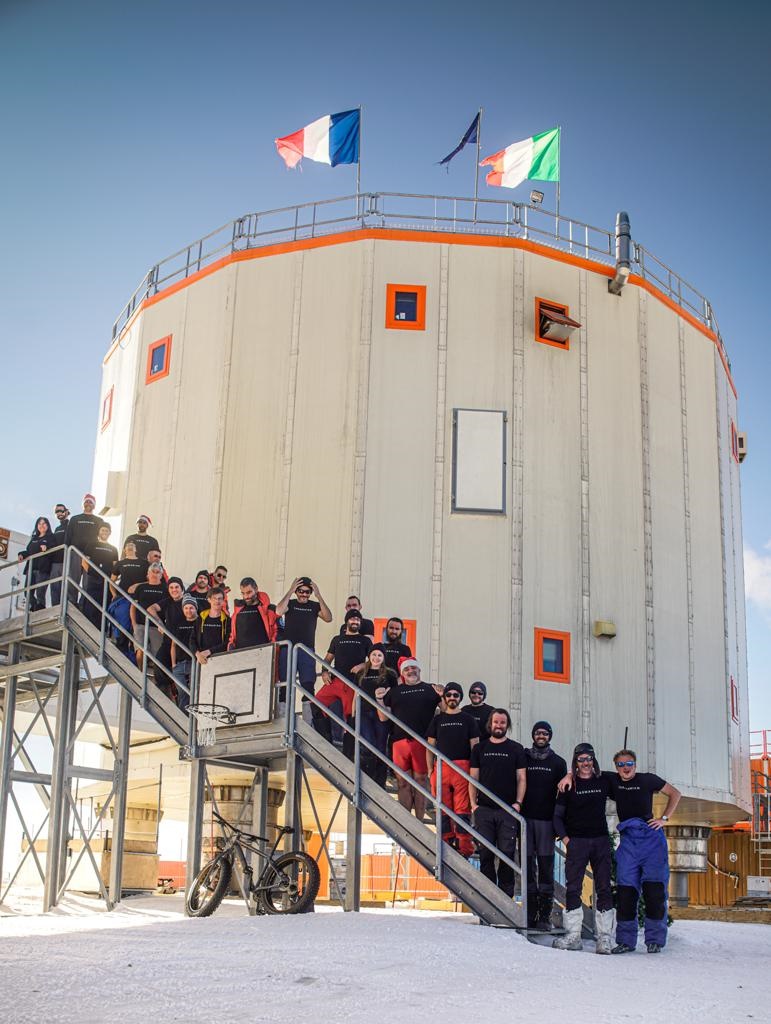Antarctic and Southern Ocean
Tasmania’s Antarctic and Southern Ocean sector is a thriving hub of activity, expertise, goods and services, with Hobart being one of the most significant, and one of only five, recognised Antarctic gateways in the world.
Home of Australia’s National Antarctic program managed by the Australian Antarctic Division, Tasmania is a hub of cold climate knowledge in Antarctic, sub-Antarctic and Southern Ocean science, research, education and logistics.
The sector and institutions regularly support Australia’s Antarctic operations as well as those from counties including France, Italy, Japan, South Korea and the USA.
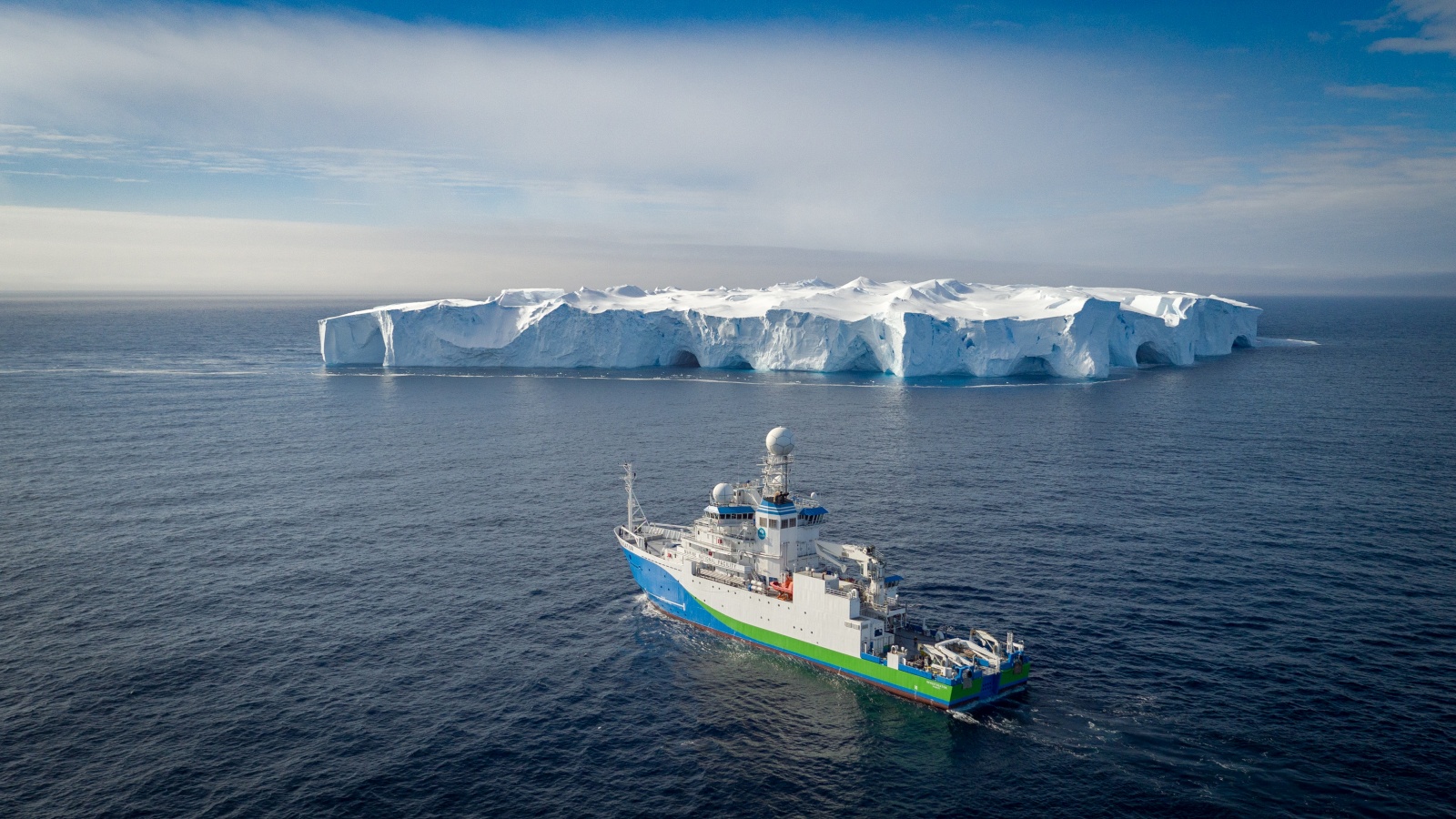
Location
Hobart is a centre of skills, with the highest concentration of Antarctic and Southern Ocean scientists and institutions in Australia, and one of the highest in the world.
Key international Antarctic institutions such as the Commission for the Conservation of Antarctic Marine Living Resources (CCAMLR) and the Agreement for the Conservation of Albatrosses and Petrels (ACAP) are headquartered in Hobart and contribute significantly to Tasmania’s global standing as a centre of expertise.
Its also the home port for Australia’s Antarctic new supply and research vessel (icebreaker) RSV Nuyina, the Commonwealth Scientific and Industrial Research Organisation (CSIRO) marine research vessel, RV Investigator, and the French Antarctic support vessel, RV L’Astrolabe.
Tasmania provides specialised support for Antarctic operations through the Tasmanian Polar Network (TPN), an alliance of more than 70 businesses and research bodies.
From a single contact point, the TPN provides expeditions with comprehensive support including supplies, equipment, logistics and other services.
Tasmanian businesses have developed specialist capabilities in manufacturing and servicing traverse equipment, including tractors, sleds and living units that are used extensively by multiple national Antarctic programs.
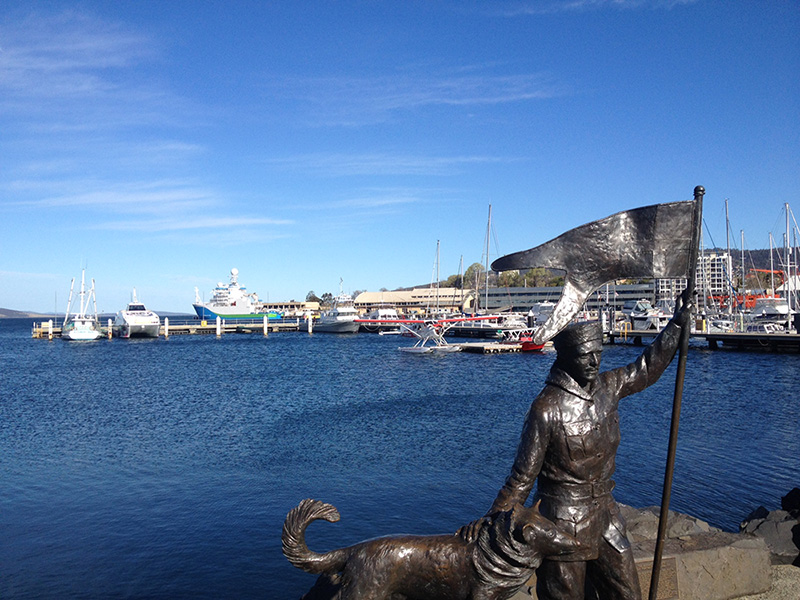
Polar equipment
A multitude of specialised manufacturing and technical products have been customised to meet the scientific requirements and operational needs of different national Antarctic programs.
The design, engineering and manufacture of equipment for expeditions in the Antarctic interior is just one such Tasmanian industrial innovation.
Other examples include undersea imaging systems, hydroacoustic data software, oceanographic measurement instruments, and modified heavy vehicles and living units.

Infrastrucutre and logistics
Hobart Airport is a category two international airport with a single 12/30 runway of 2 750 metres. It is a 24-hour curfew-free airport and provides a full range of services including fuel handling, customs, and biosecurity services, ground handling, and passenger and crew handling.
Hobart’s magnificent deep-water port is 1 390 nautical miles (2 575 km) from the Antarctic mainland and 1 852 nautical miles (3 429 km) from Australia’s Antarctic base at Casey Station. The port offers shipping operators a complete range of 24 hour-a-day, seven-day-a-week, port services and full providoring, stevedoring, cold storage, quarantine and maintenance facilities.
Fuel bunkering is currently available 3 km upstream from the Port of Hobart, at Self’s Point. Marine Gas Oil to a DMA 2010 classification and Special Antarctic Diesel (enabling operation in -35 °C) are both available on order ex-pipe. Ground fuels and Jet A1 aviation fuels are available in drums and through bulk supply.
Storage tanks that meet Antarctic safety regulations are also available for purchase. International Antarctic programs purchasing fuel bound for Antarctica are not required to pay goods and services tax.
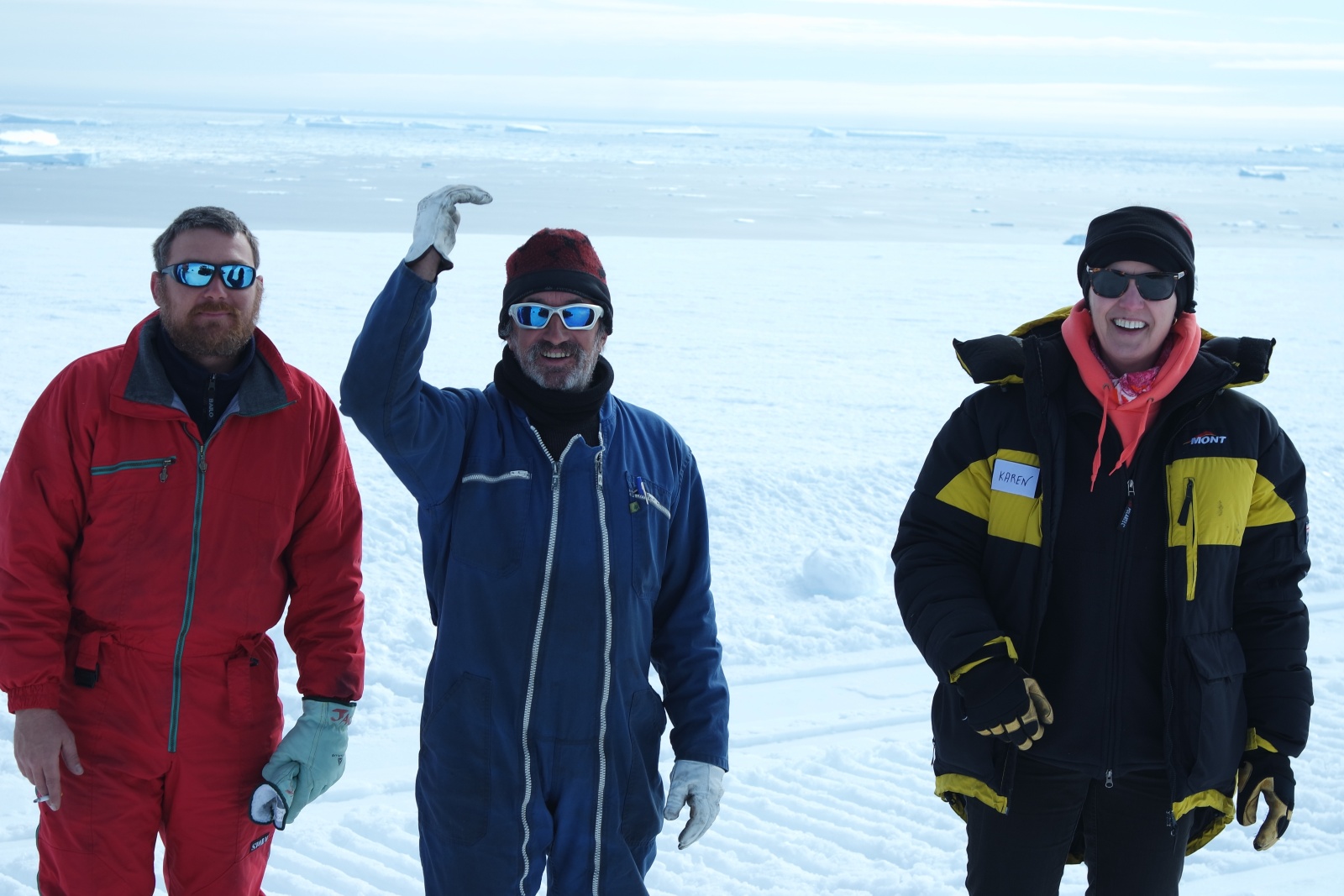
Science and education
Hobart is home to Australia’s greatest assembly of Antarctic and Southern Ocean scientists across a number of educational and scientific organisations including the Australian Antarctic Division (AAD), the Commonwealth Scientific and Industrial Research Organisation (CSIRO), the University of Tasmania’s Institute for Antarctic and Marine Studies (IMAS), the Integrated Marine Observing System (IMOS) and the Bureau of Meteorology (BoM).
IMAS is a centre of excellence for marine and Antarctic research with three core research programs in Fisheries and Aquaculture, Ecology and Biodiversity, and Oceans and Cryosphere. These are linked by the cross-disciplinary themes of climate change, ocean-earth systems, and oceans and Antarctic governance.
In the 2017 Centre for World University Rankings (CWUR) rankings by subject, the University of Tasmania through IMAS was ranked fourth in the world for Marine and Freshwater Biology, and seventh in the world for both Fisheries and Oceanography. IMAS is the only Institute in the world ranking in the top ten for all three areas of expertise.
The Bureau of Meteorology’s Tasmania and Antarctica Regional Office is located in Hobart providing comprehensive information on Antarctic climate data, weather and sea ice forecasts, and warnings and observations for the region.
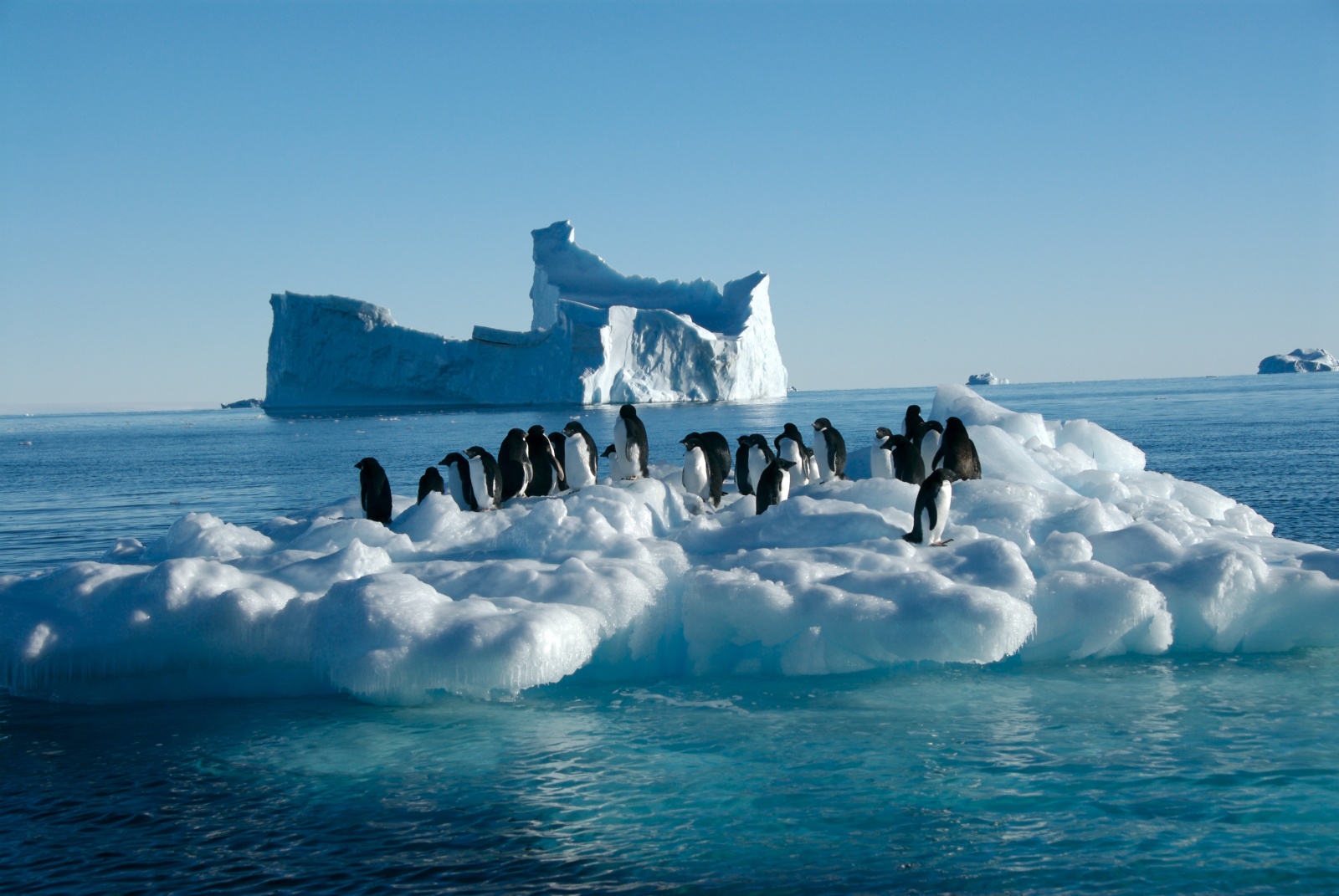
Goods and services
The Tasmanian Polar Network is a unique network comprising more than 70 organisations delivering specialised products and services.
The network’s reach and connections include businesses and institutions with expertise in scientific instrumentation, outfitting ships, food (fresh produce), medical evacuation, tailored technical and mechanical products, clothing, food sterilisation, waste management, ship chandlery, marine engineering and much more.
